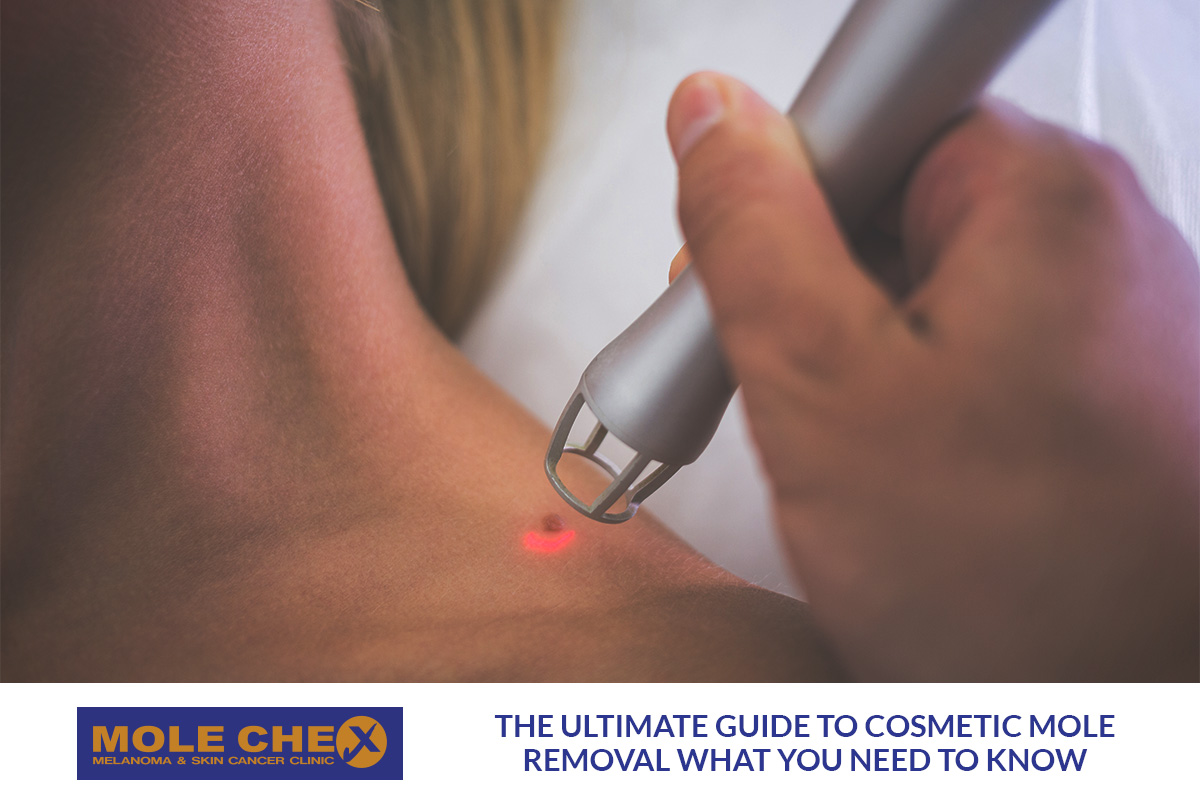The Ultimate Guide to Cosmetic Mole Removal: What You Need to Know

Moles are common skin growths that can vary in appearance and size. While many moles are harmless, some people choose to have them removed for cosmetic reasons. At Molechex, we offer expert cosmetic mole removal services to help you achieve smooth, clear skin. In this guide, we’ll explore everything you need to know about cosmetic mole removal, from the different methods available to what you can expect during and after the procedure.
What You Will Learn
- The reasons for cosmetic mole removal
- Various mole removal techniques
- What to expect during the procedure
- Aftercare and recovery tips
- Frequently asked questions about mole removal
Why Consider Cosmetic Mole Removal?
There are several reasons why individuals opt for cosmetic mole removal:
- Aesthetic Concerns: Moles in visible areas, such as the face or neck, can affect self-confidence.
- Irritation: Moles that rub against clothing or jewellery can become irritated and uncomfortable.
- Preventive Measure: While cosmetic mole removal is primarily for appearance, it can also serve as a preventive measure if a mole shows changes that could indicate potential skin issues.
Different Methods of Mole Removal
At Molechex, we utilise a variety of mole removal techniques, each chosen based on the mole’s size, type, and location. Here are the most common methods:
- Surgical Excision
This method involves cutting out the mole and stitching the skin closed. It is effective for larger moles and ensures complete removal. - Laser Removal
Laser mole removal uses concentrated light energy to break down the mole cells. This method is best for smaller, non-cancerous moles and results in minimal scarring. - Shave Excision
In this technique, the mole is shaved off the skin’s surface using a surgical blade. This method is suitable for raised moles and usually does not require stitches. - Cryotherapy
Cryotherapy involves freezing the mole with liquid nitrogen, causing it to fall off over time. This method is often used for superficial moles.
What to Expect During the Procedure
- Consultation: The process begins with a consultation where our skilled practitioners will examine the mole, discuss your concerns, and recommend the most suitable removal method.
- Preparation: On the day of the procedure, the treatment area is cleaned and numbed with a local anaesthetic to ensure your comfort.
- Removal: The chosen mole removal technique is performed. Most procedures are quick, typically taking less than an hour.
- Aftercare Instructions: Post-procedure care is crucial for healing and includes keeping the area clean, applying prescribed ointments, and avoiding sun exposure.
Aftercare and Recovery Tips
To ensure a smooth recovery and minimise scarring, follow these aftercare tips:
- Keep the Area Clean: Gently clean the treated area with soap and water to prevent infection.
- Apply Ointments: Use any prescribed antibiotic ointment to aid healing.
- Avoid Sun Exposure: Protect the treated area from the sun to prevent pigmentation changes.
- Follow Up: Attend any scheduled follow-up appointments to monitor healing.
Frequently Asked Questions About Mole Removal
- Is mole removal painful?
The procedure itself is not painful due to the use of local anaesthetics. Some discomfort may occur post-procedure, but it is usually minimal and manageable with over-the-counter pain relief. - Will there be a scar?
Most mole removal procedures result in minimal scarring. The visibility of the scar depends on the mole’s size, location, and your skin type. Our practitioners take great care to ensure the smallest possible scar. - How long does it take to heal?
Healing times vary based on the removal method and individual factors. Generally, the area heals within 1-2 weeks, with full recovery and fading of any scars taking a few months. - Can moles grow back after removal?
It is rare for moles to regrow after removal. If a mole does reappear, it should be examined to rule out any potential issues.
As we know, many people have different questions or assumptions based on what they have heard from the internet or other people, we encourage everyone to ask any questions you have to your consulting skin doctor on your initial appointment.
Conclusion
Cosmetic mole removal is a safe and effective way to enhance your appearance and boost your confidence. At Molechex, our experienced practitioners use advanced techniques to ensure the best possible outcomes with minimal discomfort and downtime. If you have moles that you wish to remove for cosmetic reasons, we are here to help you every step of the way.
For more information or to schedule a consultation, visit our website and learn how Molechex can assist you in achieving smooth, clear skin. Your journey to flawless skin starts here!
Learn more by reading other articles :
